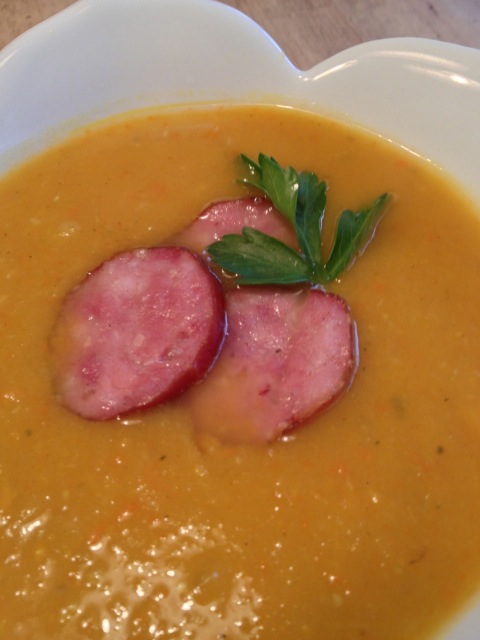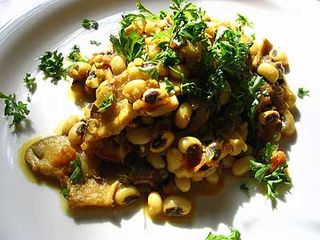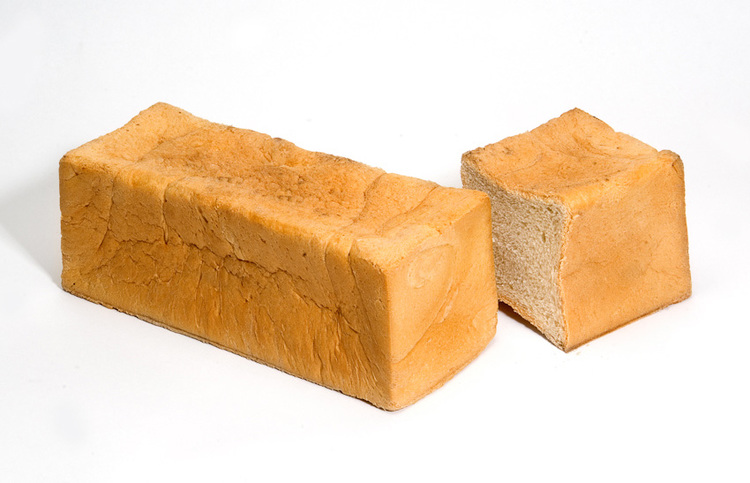The University of Illinois published a study based on matching personalities with soup preferences a few years back in the Journal of Database Marketing Lifestyle and Personality Clusters. The four most popular soups were chicken noodle, tomato, minestrone and vegetable. These four top soups were cross-tabulated with personality and lifestyle traits. What's your soup say about you?

The Findings:
Chicken noodle soup; you score high on the church-going scale, are fond of pets, are more likely to be stubborn and less likely to be outdoorsy.
Minestrone; you were more likely to be physically fit, nutritionally conscious, family spirited, unlikely to own a pet and also on a restricted diet.
Vegetable soup; was a homebody at heart, less likely to be a world traveler, less likely to be spontaneous and more likely to read family and home magazines.
Tomato soup; by contrast, seeks more adventure, were more likely to be social and also tended to enjoy books and pets.
Soup, especially this chilly time of year, is comforting to the body and soul. I wonder what the personality traits would be paired with my Tuscan Artichoke Soup, or Spicy Corn Chowder? And, I'd surely like to know what the University would say about people who love my Creamy Five Onion Soup.
reference; Journal of Database Marketing Lifestyle and Personality Clusters.




